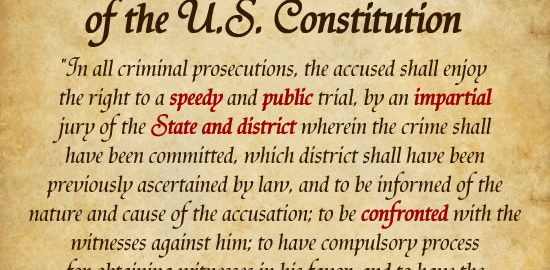United States v. Mohamed, 920 F.3d 94 (1st Cir. Apr. 3,
2019).
Federal Sentencing Enhancement: First Circuit Court of Appeals and the Modified Categorical Approach
On the government’s appeal, the First Circuit vacated and remanded the defendant’s 37-month sentence for being a felon in possession of a firearm, holding that the district court erred in finding that his prior state conviction in Maine for trafficking 5.7 grams of cocaine base did not qualify as a “controlled substance offense” for purposes of assigning the base offense level at §2K2.1. The court held that that the intent element was not stripped away by Maine’s statutory permissible inference of drug trafficking based the quantity of drugs involved. It noted that there was no evidence that the defendant’s conviction “rested on anything other than his intentional distribution plea.”
Predicate Offense for Federal Sentencing Enhancement
Whether a prior conviction qualifies as a predicate offense under U.S.S.G. § 4B1.1 is a question of law that the First Circuit reviewed de novo.
For 18 U.S.C. § 922(g) and other statutes, the Sentencing Guidelines establish enhanced Base Offense Levels (BOLs) for particular aggravating factors, including when a defendant has been convicted of a prior “controlled substance offense.” U.S.S.G. § 2K2.1(a). A “controlled substance offense” under § 2K2.1(a) “has the meaning given that term in § 4B1.2(b) and Application Note 1 of the Commentary to § 4B1.2,” id. § 2K2.1 cmt. 1: an offense under federal or state law, punishable by imprisonment for a term exceeding one year, that prohibits the manufacture, import, export, distribution, or dispensing of a controlled substance … or the possession of a controlled substance … with intent to manufacture, import, export, distribute, or dispense.
The Modified Categorical Approach
The Supreme Court has held that a sentencing court should use a categorical or modified categorical approach when considering sentencing enhancements based on prior offenses. See, e.g., Mathis v. United States, ––– U.S. ––––, 136 S.Ct. 2243, 2249, 195 L.Ed.2d 604 (2016); Taylor v. United States 495 U.S. 575, 588, 110 S.Ct. 2143, 109 L.Ed.2d 607 (1990). The categorical or modified categorical approach “applies not just to jury verdicts, but also to plea agreements.” Descamps v. United States, 570 U.S. 254, 262-63, 133 S.Ct. 2276, 186 L.Ed.2d 438 (2013).
When taking the modified categorical approach, “a sentencing court looks to a limited class of documents … to determine what crime, with what elements, a defendant was convicted of.” These are known as Shepard documents (Shepard v. U.S. , 125 S.Ct. 1254) the documents establish that Mohamed’s Maine conviction rested on intentional distribution, to which he pled. The elements of the statute at issue — when taking into account the definitions of “traffick” relevant here, see Me. Stat. tit. 17–A, § 1101(17)(C)-(D) — include intent to distribute. This element is not swept away by the existence of a permissible inference. Again, the statutory elements here closely track the “controlled substance offense” definition in the Guidelines, and include “the indictment, jury instructions, or plea agreement and colloquy.” The First Circuit concluded from these permissible documents that Mohamed’s Maine conviction falls under a provision requiring intent to distribute as an element.
Sentencing Enhancement And The Categorical Approach from Taylor
Author’s Note: In the Guidelines Manual, the Commission lists “crimes of violence” and “controlled substance offenses” as the types of prior convictions that increase the sentencing range for career offenders. Sentencing and appellate courts have interpreted these terms through application of the “categorical approach” mandated by the Supreme Court in Taylor v. United States. Under the categorical approach, courts must look to the statutory elements of an offense, rather than the defendant’s conduct, when determining the nature of a prior conviction. This form of analysis permits a federal sentencing court to examine only the statute under which the defendant sustained a conviction (and, in certain cases, judicial documents surrounding that conviction) in determining whether the prior conviction fits within a federal predicate definition.
The Shepard documents establish that Mohamed’s Maine conviction rested on intentional distribution, to which he pled. The elements of the statute at issue — when taking into account the definitions of “traffick” relevant here, see Me. Stat. tit. 17–A, § 1101(17)(C)-(D) — include intent to distribute. This element is not swept away by the existence of a permissible inference. Again, the statutory elements here closely track the “controlled substance offense” definition in the Guidelines.

